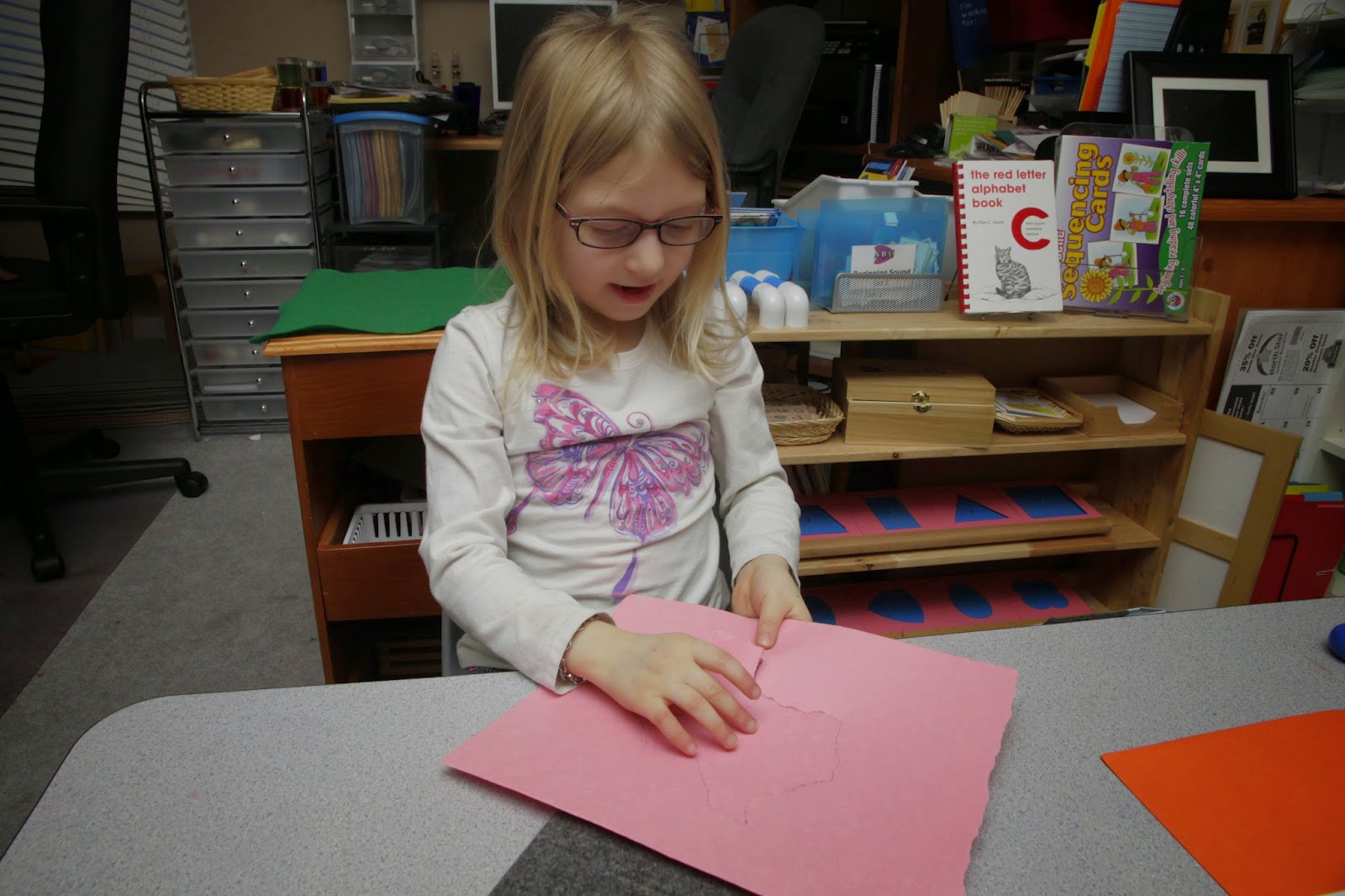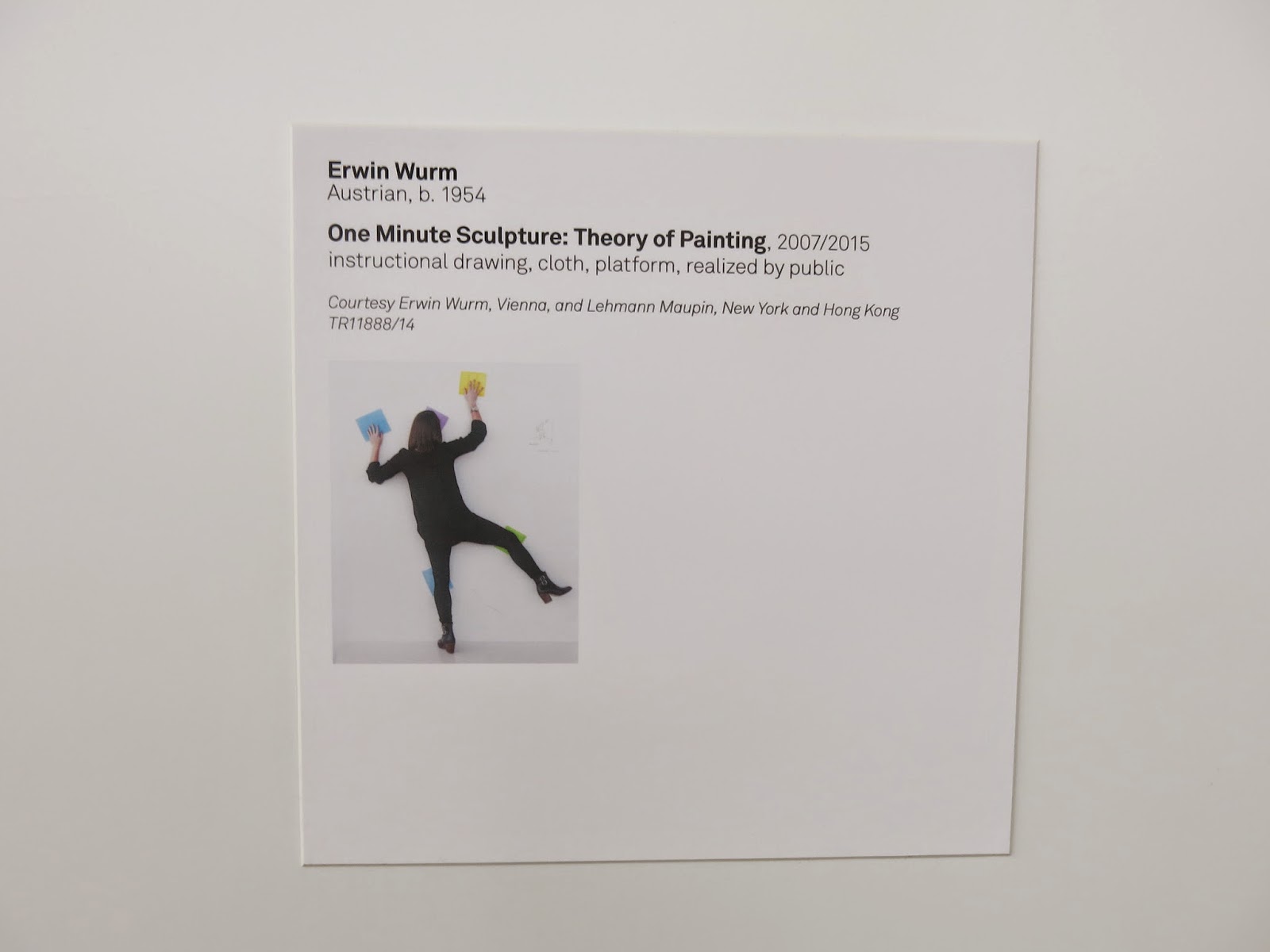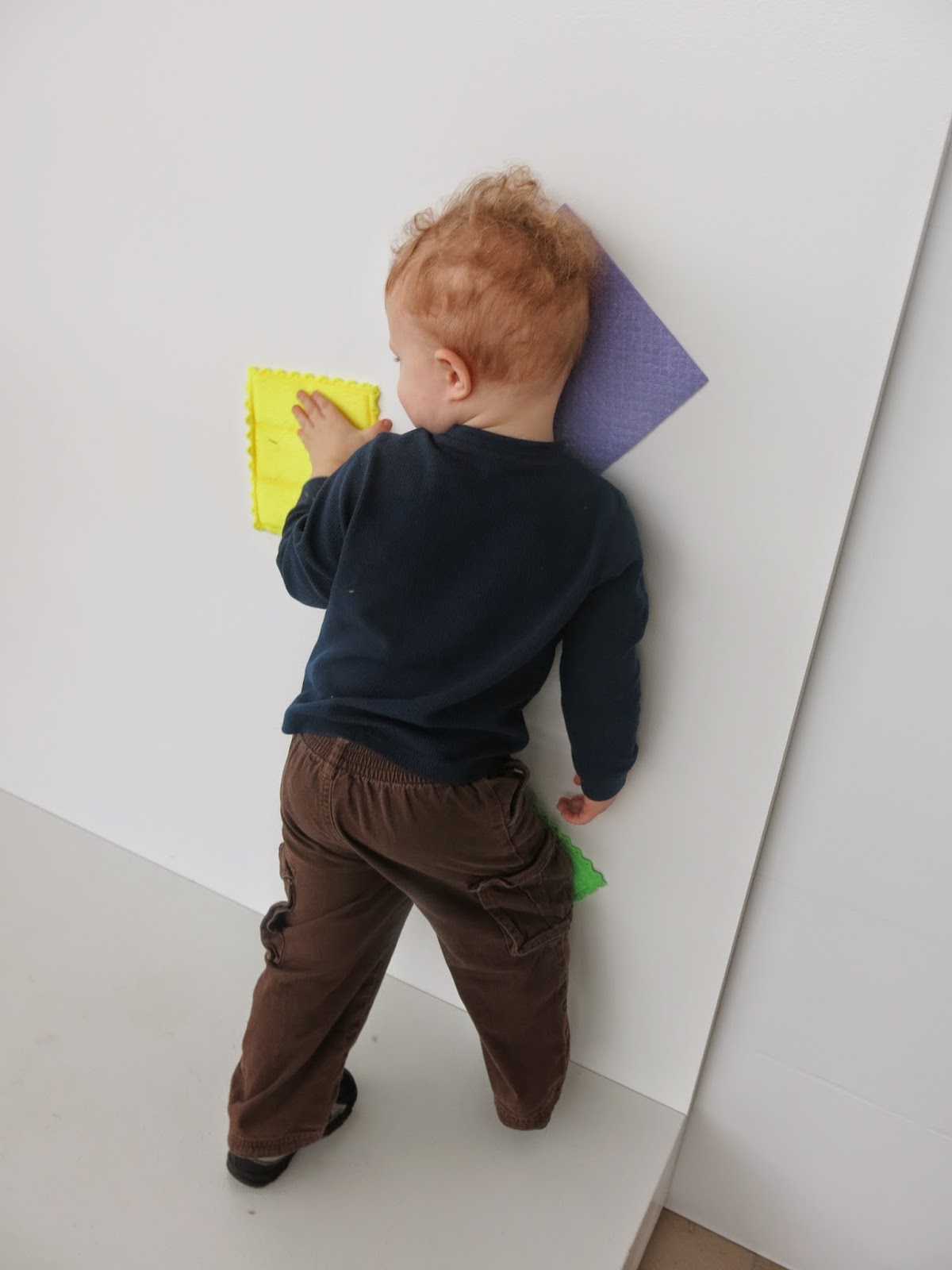Sensorial: Five Fun Facts
Saturday, May 16, 2015
/
No Comments
Sensorial is a unique area of study in Montessori. While it is true that it involves the senses, there are a number of fun facts about sensorial that may not be known as widely.
1. It's Different Than Sensory
Sensory play and related activities are great ways to engage your young child's senses. However, there is a slight distinction between sensory and Montessori Sensorial. With sensory activities, a child is stimulating multiple senses at one time. It is usually open ended and without a direct aim.
Montessori sensorial is designed to train individual senses. The activities isolate one very specific concept to bring awareness to subtle changes. For example, a sensory bin is a favorite for sensory play. It allows a child to experience a number of items in a tactile way. In the realm of Montessori sensorial, the tactile sense may be explored using the touch tables. This is a set of matched wooden tables that each contain a different grade of sandpaper. Children will work, often blindfolded, to match the pairs using only the tactile sense. The changes between each tablet are subtle and can require great concentration. The end result is that the child refines and deepens the tactile sense.
Now please don't take this to mean that sensory play doesn't have its place as well. We certainly enjoy both here. In fact, you can read about how I created our sensory table for $5. At the same time, I encourage you to explore some traditional Montessori sensorial activities as well.
2. Sensorial Is the Precursor to Math
While Sensorial is recognized for its immense value to the senses, it is often overlooked for its strong foundation in math and logic. In fact, in a traditional scope and sequence, the math area is not explored until the child has a foundation in sensorial. Maria Montessori designed nearly every traditional Montessori material with some mathematical aspect. Many of the items are in sets of ten to reinforce the decimal system. But it goes further than that. Let's visit the pink power again. Did you know that the perfectly portioned cubes also represent the cubes of 1 through 10 (1, 8, 27, 64... through 1000)? This can also be an experience in volume since the largest cube is equal to exactly 1000 of the smallest. And you thought they were just stacking blocks. ;-)
And the list goes on. The red rods introduce early counting while the binomial and trinomial cubes introduce algebraic equations. Materials like the constructive triangles and geometric solids introduce early geometry concepts. Sensorial is truly one of the best math foundations.
This is the decanomial square, a primary level sensorial work. This brilliant material is a visual representation of the table of Pythagoras. It is a representation of the multiplication tables with the cubes running diagonally. As you can see in the second image, the pink tower cubes fit the cubes in the table perfectly. And yes, a preschooler can create it.
3. Sensorial is Only Found in the First Plane
While sensorial activities provide an incredible foundation for training the senses, early math concepts, and logic, these activities are unique to the first plane of development. This is the plane that encompasses the absorbent mind, which spans from birth to age six. You will find a brief summary of the planes here. Maria Montessori found that this age range was specifically geared towards this area of work. Of course, this doesn't mean you can't introduce some sensorial work to an older child. But in a more traditional Montessori approach, the activities are altered for the next plane of development.
And that brings us to the next point.
4. Many Sensorial Materials Extend to Elementary
While we may consider many of the traditional sensorial materials for preschool, many of the materials will actually be used far into Montessori elementary through age twelve. You may even see a few used at the adolescence level! I was pleasantly surprised to make this discovery early on, and it helped justify my decision to invest in several key pieces. But while the materials haven't changed, the way they are used has. During the first plane of development, the children are primarily using the materials as a way to refine the senses. However, in the second plane, the same materials they have become familiar with are reintroduced anew to explore advanced concepts in mathematics and geometry.
One of my favorite examples of this concept is a TEDx Talk that shows how the binomial cube transitions through the various planes. It is a great demonstration of the brilliance of a Montessori education.
5. Easiest to Recreate
I hope this helps give you a deeper understanding of Montessori Sensorial and inspires you to incorporate a few activities in your home.
-Bess
Don't forget to follow me on Facebook and join me at Montessori Homeschooling.
This post is part of the 12 Months of Montessori series. I encourage you to visit each one to learn more about Sensorial.
1. It's Different Than Sensory
Sensory play and related activities are great ways to engage your young child's senses. However, there is a slight distinction between sensory and Montessori Sensorial. With sensory activities, a child is stimulating multiple senses at one time. It is usually open ended and without a direct aim.
Montessori sensorial is designed to train individual senses. The activities isolate one very specific concept to bring awareness to subtle changes. For example, a sensory bin is a favorite for sensory play. It allows a child to experience a number of items in a tactile way. In the realm of Montessori sensorial, the tactile sense may be explored using the touch tables. This is a set of matched wooden tables that each contain a different grade of sandpaper. Children will work, often blindfolded, to match the pairs using only the tactile sense. The changes between each tablet are subtle and can require great concentration. The end result is that the child refines and deepens the tactile sense.
The iconic pink tower with every cube identical in shape a color - drawing attention to size.
Now please don't take this to mean that sensory play doesn't have its place as well. We certainly enjoy both here. In fact, you can read about how I created our sensory table for $5. At the same time, I encourage you to explore some traditional Montessori sensorial activities as well.
2. Sensorial Is the Precursor to Math
While Sensorial is recognized for its immense value to the senses, it is often overlooked for its strong foundation in math and logic. In fact, in a traditional scope and sequence, the math area is not explored until the child has a foundation in sensorial. Maria Montessori designed nearly every traditional Montessori material with some mathematical aspect. Many of the items are in sets of ten to reinforce the decimal system. But it goes further than that. Let's visit the pink power again. Did you know that the perfectly portioned cubes also represent the cubes of 1 through 10 (1, 8, 27, 64... through 1000)? This can also be an experience in volume since the largest cube is equal to exactly 1000 of the smallest. And you thought they were just stacking blocks. ;-)
And the list goes on. The red rods introduce early counting while the binomial and trinomial cubes introduce algebraic equations. Materials like the constructive triangles and geometric solids introduce early geometry concepts. Sensorial is truly one of the best math foundations.
This is the decanomial square, a primary level sensorial work. This brilliant material is a visual representation of the table of Pythagoras. It is a representation of the multiplication tables with the cubes running diagonally. As you can see in the second image, the pink tower cubes fit the cubes in the table perfectly. And yes, a preschooler can create it.
3. Sensorial is Only Found in the First Plane
While sensorial activities provide an incredible foundation for training the senses, early math concepts, and logic, these activities are unique to the first plane of development. This is the plane that encompasses the absorbent mind, which spans from birth to age six. You will find a brief summary of the planes here. Maria Montessori found that this age range was specifically geared towards this area of work. Of course, this doesn't mean you can't introduce some sensorial work to an older child. But in a more traditional Montessori approach, the activities are altered for the next plane of development.
And that brings us to the next point.
4. Many Sensorial Materials Extend to Elementary
While we may consider many of the traditional sensorial materials for preschool, many of the materials will actually be used far into Montessori elementary through age twelve. You may even see a few used at the adolescence level! I was pleasantly surprised to make this discovery early on, and it helped justify my decision to invest in several key pieces. But while the materials haven't changed, the way they are used has. During the first plane of development, the children are primarily using the materials as a way to refine the senses. However, in the second plane, the same materials they have become familiar with are reintroduced anew to explore advanced concepts in mathematics and geometry.
One of my favorite examples of this concept is a TEDx Talk that shows how the binomial cube transitions through the various planes. It is a great demonstration of the brilliance of a Montessori education.
5. Easiest to Recreate
I hope this helps give you a deeper understanding of Montessori Sensorial and inspires you to incorporate a few activities in your home.
-Bess
Don't forget to follow me on Facebook and join me at Montessori Homeschooling.
This post is part of the 12 Months of Montessori series. I encourage you to visit each one to learn more about Sensorial.
Amazing blogs involved in the 12 Months of Montessori Learning



































































.jpg)

